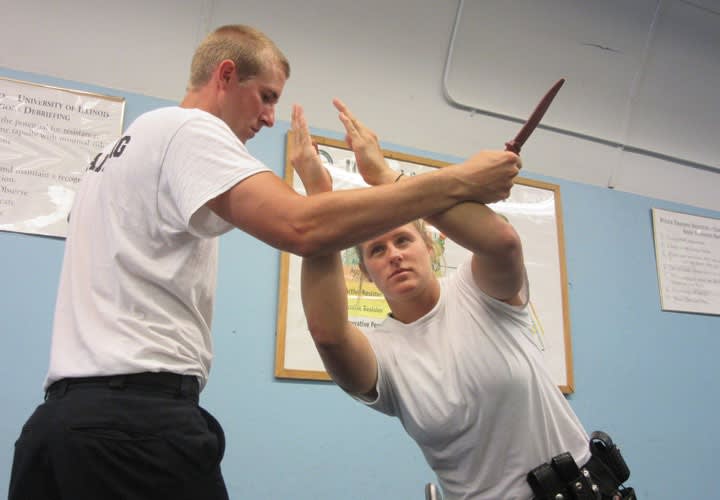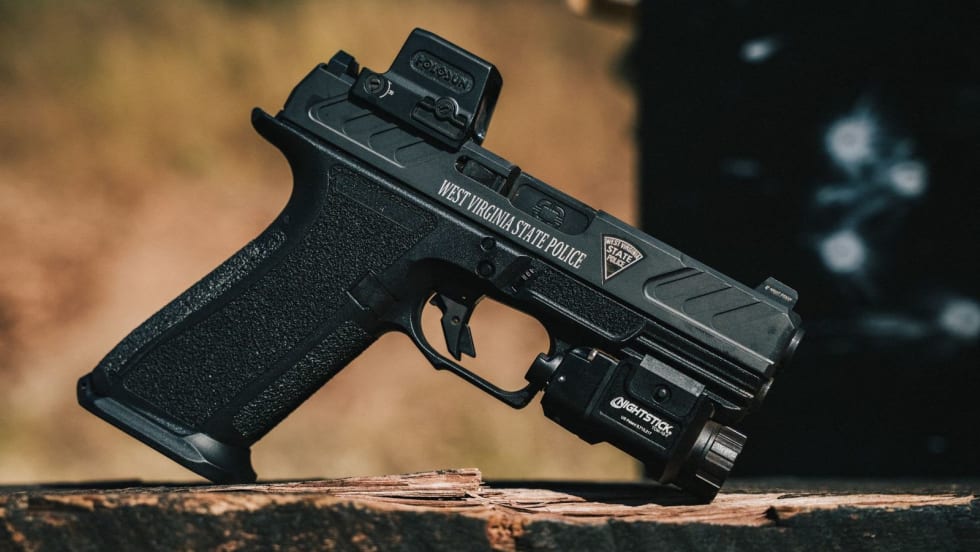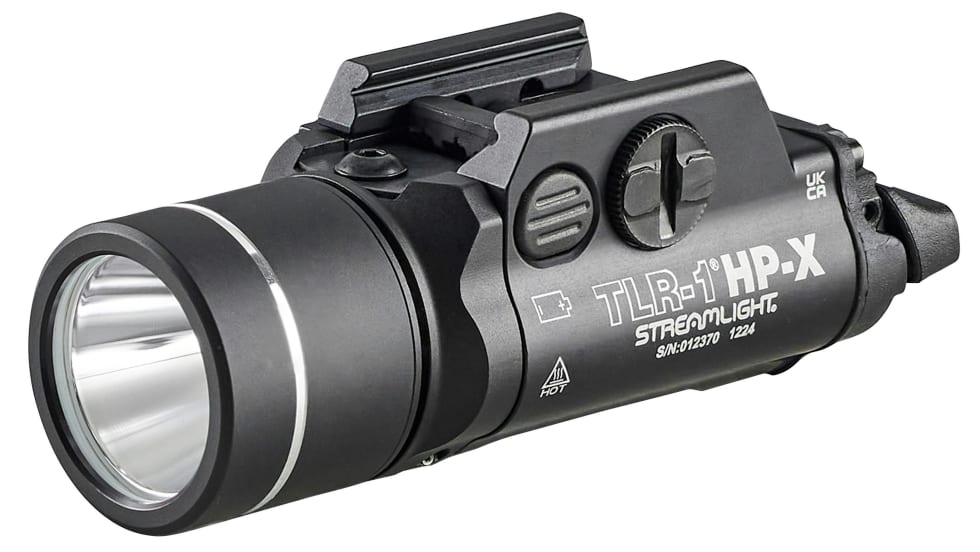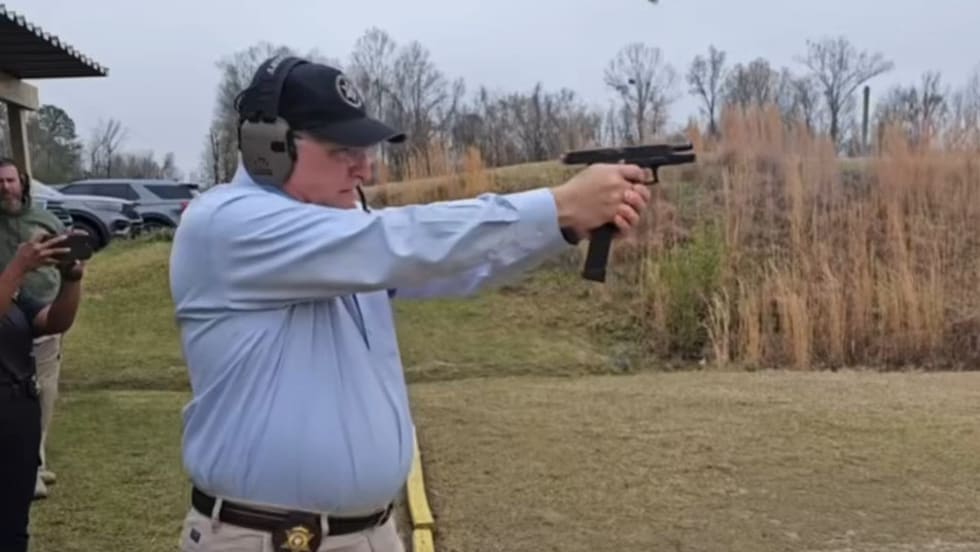It is important to be attentive to all the body movements of the suspect or arrestee. The arrestee will often telegraph what he or she is about to do. There are many movements to watch for and be concerned about. Examples include suspects rolling up their sleeves, stepping one leg back, and clenching their fists. It is important to watch the suspect's entire body peripherally, while looking him or her in the eye.
Suspects' eyes tell us much. If they are looking around, they may be looking for an escape route or for witnesses before they attack. If they look at your handgun, they may be preparing to attempt to disarm you. If they are looking at your legs, they may be preparing to initiate a takedown. If they are clenching their fists while looking at your face, they may be preparing to punch you.
Regardless of whether you recognize these things happening, trust your instincts. Address whatever behavior makes you think the arrestee is preparing to attack or run. And most importantly, watch his or her hands. It is the suspect's hands or items in the suspect's hands that are most likely to injure you.
Summing up, I want to say there is nothing wrong with training officers in techniques on the various angles of attack that an assailant with an edged weapon might use. However, each individual officer should train to use his or her strengths and natural responses to mitigate the effects of such an attack and respond. The more instinctual the response to an attack, the more quickly the officer will be able to execute that response.
In reality, the majority of officers spend an insufficient amount of time practicing control tactics, let alone knife defense techniques. Therefore, it is of paramount importance that officers find out how they are most likely to react to a knife attack based on their own individual instincts. Officers can then rely on these instincts and a survival mindset in the worst case scenario. They can also practice techniques that incorporate their instinctual responses into their reactions as well as their counterattack or arrest-and-control techniques.










